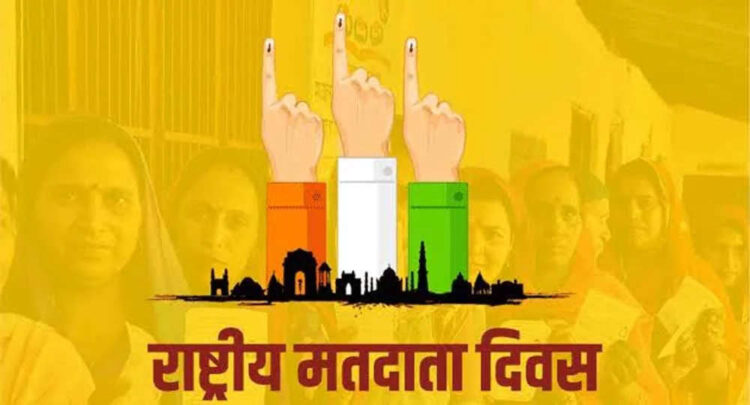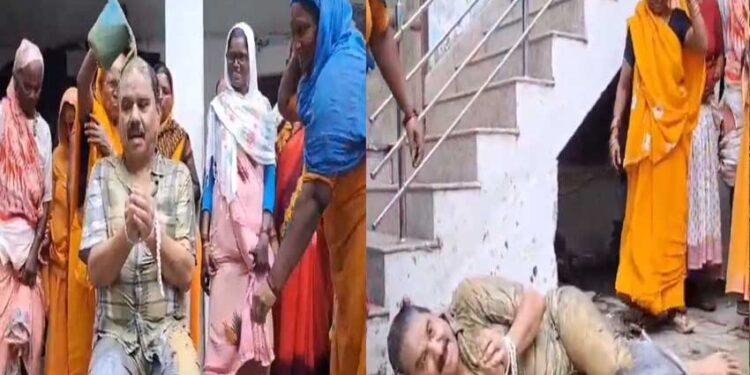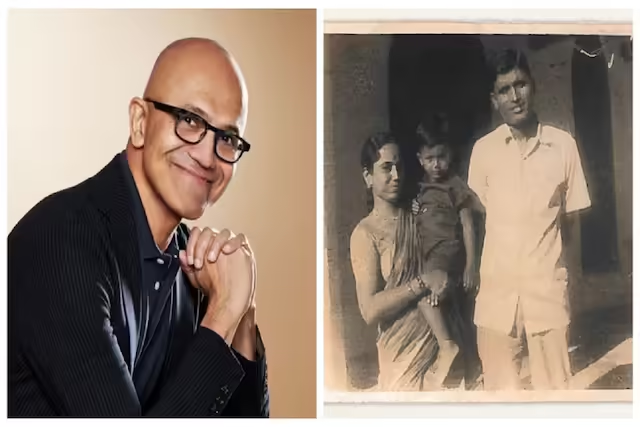History News Desk!! National Voters Day is celebrated every year on 25 January in India. The celebration of this important day reminds all Indians of their duty towards their nation and also tells that it is important for every person to vote.
beginning
The Election Commission of India was formed on January 25, 1950. To increase the participation of youth in the political process, the Government of India started celebrating the foundation day of the Election Commission ’25 January’ as ‘National Voter’s Day’ from the year 2011. In the year 2011, there was UPA-2 government. At that time the President was Pratibha Devi Singh Patil and the Prime Minister was Manmohan Singh. This year it had been 61 years since the establishment of the Election Commission. The then President Pratibha Devi Singh Patil started celebrating this day as ‘National Voter’s Day’ from 25 January. January 25, 2021 was celebrated as National Voters’ Day for the 11th time.
Why is it celebrated?
There were two reasons behind celebrating this day. First inclusive and second qualitative participation. Its objective was that no voter should be left behind in voting. There was another motive behind this. On this day, the Election Commission identifies voters who have completed 18 years of age. The names of all of them are included in the voter list. The theme of Voters’ Day in 2021 was that all voters should become empowered, alert, safe and aware.
January 25, 2015 was the fifth National Voters’ Day with the theme ‘Simple Registration and Simple Reforms’. The Election Commission’s objective behind National Voters’ Day is to generate more voters, especially new voters. For this, this opportunity should be taken to make Universal Adult Voting a full reality and thus enhance the quality of Indian democracy. This day is also used to spread information among voters about effective participation in the voting process.
Who can vote?
According to the Constitution of India, who is a citizen of India and who is 18 years of age or older. These people are given voting rights without any discrimination or under the Citizenship Act. NRIs who hold Indian passport also have the right to vote.
national voter function
Former President A. P.J. Abdul Kalam presided over the Second National Voter’s Ceremony at Vigyan Bhawan in 2012 and presented pictorial voter ID cards to 20 new and registered voters of Delhi. These voters were drawn from different sections of the society and were also given a badge inscribed with the words “Proud to be a Voter – Ready to Vote”. On this occasion, the oath of ‘National Voter’s Day’ was also administered to all the people present. Dr. Kalam presented National Awards to District Election Officers (DEOs), Superintendents of Police (SP) for adopting best electoral practices and special awards to officers other than DEOs/SPs for doing exceptional work in adopting best electoral practices. Honored.
young voters
25 January is already a historic occasion for vote-based democracy in India. According to voter registration news, around 3.83 crore new registrations were done across the country. Of these, 1.11 crore voters are in the age group of 18-19 years, who were formed on January 1, 2012. This is the voter eligibility date. Last year, 52 lakh youth voters were made who had attained the age of 18 years. It aims to be the largest empowerment of youth in a single day anywhere in the world.
election organization
During the last 60 years, the Election Commission has conducted 15 general elections to the Lok Sabha and 331 general elections to the State Legislative Assemblies. During the visit of the Commission, everyone has seen the change in the quality and level of its work. While in 1962 the voting process was based on paper slip system, from 2004 the present system based on electronic voting machines was introduced. Multi-member constituencies have been replaced by single-member constituencies. Printed voter lists have now been replaced by computerized photo-voter lists. Voters’ Picture Identity Card has now been provided to all citizens. These were issued to more than 582 million voters at the time of the 2009 general elections.
Voters’ identification and oath
The elections to the 15th Lok Sabha held in April-May 2009 have been described as the biggest management event in the world. 714 million voters, 8 lakh 35 thousand polling stations, 12 lakh electronic voting machines and 11 million polling personnel participated in it. The Commission found that names of new voters above 18 years of age were missing from the voter list. In some cases their participation is as low as 20 to 25 percent. To effectively deal with this problem, the Commission decided to identify all voters who turn 18 on January 1 every year in 8.5 lakh polling stations in the country. Apart from registration, the following oath should be administered to these voters included in the voter list-
“We, the citizens of India, who have faith in democracy, take an oath that we will maintain the democratic tradition of conducting free, fair and peaceful elections of the country. We will vote fearlessly in every election without being influenced on the basis of religion, race, caste, community or language. Will come and vote.”
Role of Election Commission
The Election Commission of India was established on January 25, 1950. This institution comes under Article 324 of the Constitution. It consists of three members, first the Chief Election Commissioner and two other commissioners. They are appointed by the President. Everyone’s tenure is for 6 years. This is a constitutional institution. The Election Commission is responsible for organizing all the elections held in the country. This includes Lok Sabha, Rajya Sabha, Legislative Assembly, Legislative Council, Presidential and Vice Presidential elections. The Election Commission plays the role of a guardian during elections. This decides all the guidelines of the elections. Which applies to candidates and all political parties. If these guidelines are violated during elections, a complaint can be made to the Election Commission. This organization itself takes all types of decisions related to elections. To keep an eye on the election expenses, ‘Indian Revenue Service’ (IRS) officers are there as election observers.
how many voters
According to the Constitution, there should be one Lok Sabha MP for every 10 lakh population. But in India this population is 25 lakh. It has been said that the number will be increased or decreased according to the population in the states. In 1971, the number of seats in the country and other states kept increasing and decreasing. According to this, there is one MP for 30 lakh people and in Tamil Nadu there is one MP for about 20 lakh people. If one Lok Sabha seat is distributed per 10 lakh population, then its number in India will increase to 1375 seats. In Uttar Pradesh alone, this number of seats will increase from 80 to 238. According to the Constitution, the 10-year concept will not be applicable in states where the population is 6 lakh or less. In such states, there will be at least one MP.
seat allocation
The Delimitation Commission is responsible for determining the number of Lok Sabha and Assembly seats. It was formed in 1952. The work of the Commission has also been fixed in Article 82 of the Constitution. Under this, the delimitation of any area is decided on the basis of census every ten years. The 42nd amendment to the Constitution was made during the Emergency. In this, the number of Assembly and Lok Sabha seats was fixed on the basis of 1971 census. Made the 84th amendment to the Constitution in 2001. Under this, after the census in 2026, there has been talk of delimitation of Lok Sabha on the basis of its data. After 2026, census will be held in 2031. Only after this the number of Lok Sabha seats is expected to increase. There will remain only 543 seats in the Lok Sabha elections till 2034. Delimitation Commission for the State Legislative Assembly was constituted in July 2002. In December 2007, the Delimitation Commission submitted its recommendations to the Central Government. The recommendations were approved in 2008, when delimitation of many states was done. Keeping in view the objectives of National Voters’ Day, a special campaign was launched across the country to reach out to the newly eligible voters and register them in the revised lists of voters conducted on 1 January, 2012. The Commission had given instructions to the Chief Electoral Officers of all the States and Union Territories that every youth who has attained the age of 18 years should be made a voter. The Commission stressed that special campaigns should be launched to convert more and more women into voters.
In connection with the National Voters’ Day, the Election Commission has been carrying out a comprehensive and systematic voter education and voting participation campaign to attract educated voters, especially youth and women, across the country. Eminent personalities like A.P.J. Messages of Abdul Kalam, Mahendra Singh Dhoni have been recorded, in which voters were asked to register. Undoubtedly, the Commission’s message is loud and clear and it will not rest until every eligible voter voluntarily starts voting.






